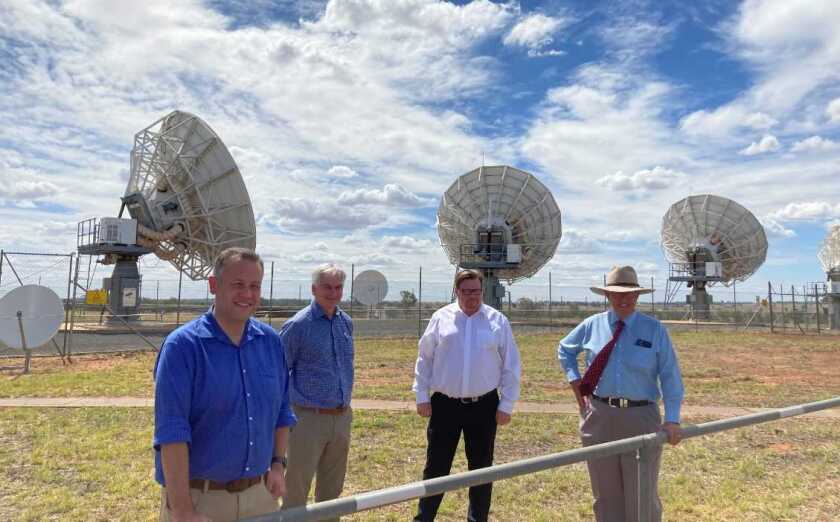Named the Dubbo Gateway, operations will begin in H2 of next year and will track SES’s O3b mPOWER constellation, operating at Medium Earth Orbit (MEO) 8,000km away from Earth.
The first batch of O3b mPOWER satellites are due for launch in 2021 and SES and Pivotel said the project will provide "much needed high-performance and low-latency connectivity services" across Australia, New Zealand and the Pacific Islands.
A joint statement from the two said the terabit-level constellation would deliver "multiple gigabits-per-second beams of data services to customers, providing fibre-like connectivity with more bandwidth and improved flexibility to remote and underserved regions across Australia and the Pacific islands".
Peter Bolger, CEO of Pivotel, said: “We’re proud to partner with SES to deliver a new satellite ground station in Dubbo that offers an incredible number of new opportunities for regional and remote communications across the country and Pacific region.
"The extremely high cost of deploying fibre links to remote communities means satellite is often the only choice, but it has come at the cost of lower download speeds and higher latency. SES’s O3b mPOWER’s fibre-like performance largely overcomes those trade-offs, offering the potential of city-like connectivity to remote and isolated communities everywhere."
Pivotel has been hosting the O3b gateway since 2013, when SES’s MEO constellation launched. In addition to accessing the O3b constellation, SES uses the ground stations in Australia to access five geostationary SES satellites and said its investments in the country would increase significantly over the next decade, following the deployment of O3b mPOWER constellation.
The Dubbo gateway will also support telemetry, tracking and commanding systems needed to control the satellites during the early stages of launch and complete integration with the Satellite Operations Centre.
In February, Orange became one of the first telcos to adopt O3b mPOWER, which it said would enable it to enhance both consumer and business services, stating with the Central African Republic.
As Capacity reported in August, SES's O3b mPOWER fully-funded communications system comprises 11 high-throughput and low-latency satellites built by Boeing, as well as an automated and intelligence-powered ground infrastructure.
All are to be launched using Falcon 9 rockets at Cape Canaveral, with the next launch scheduled for 2021.





